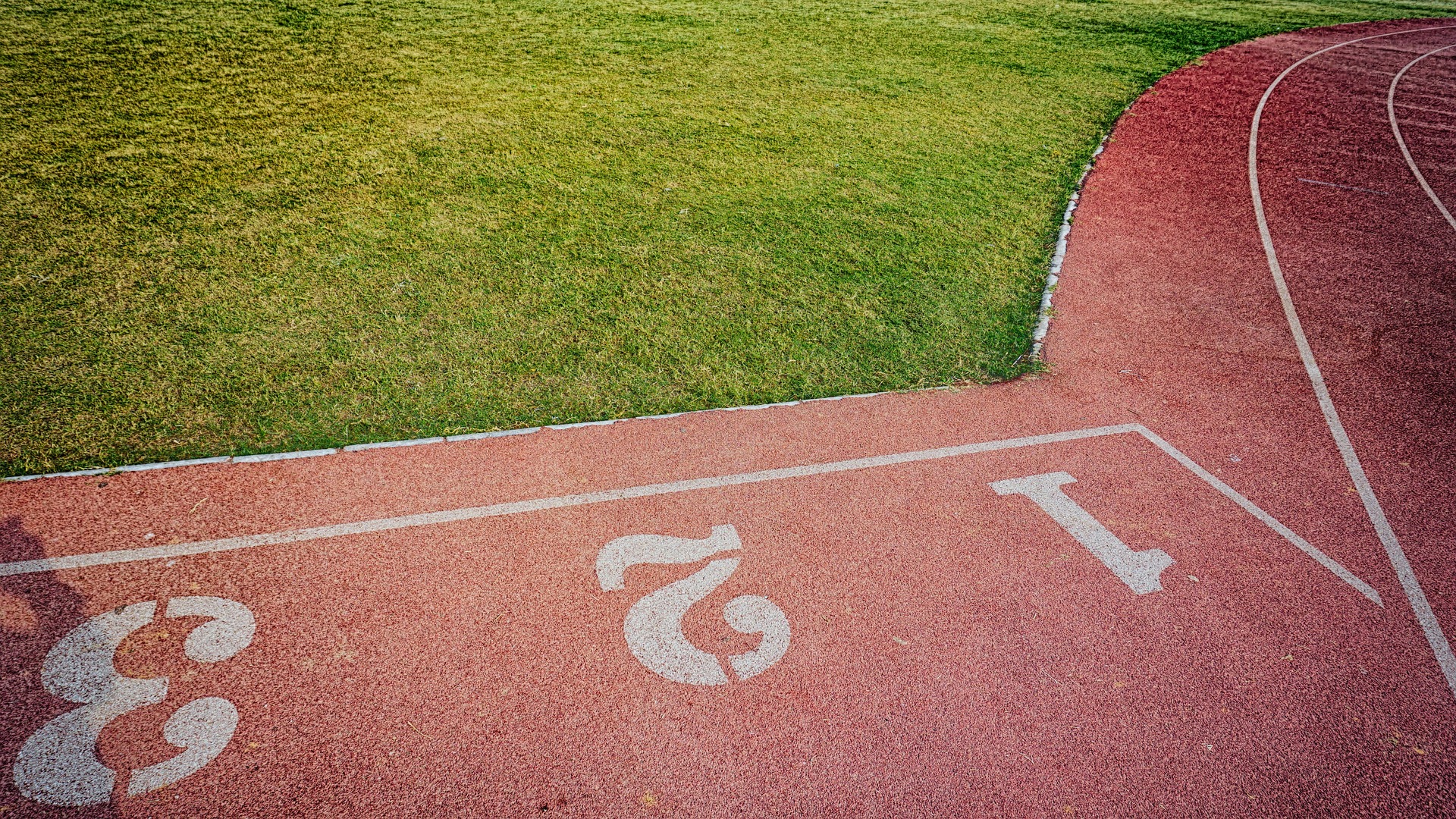Breaking Barriers: Understanding the Role of Adapted Sports in Paralympics
In the grandeur of the sporting universe, Paralympics has etched an indelible mark. It is a premier global event that showcases the extraordinary prowess of athletes with disabilities. This article uncovers the intricate world of adapted sports, their evolution, the current trends, and their profound impact on the Paralympics and beyond.
A Glimpse into the Past: The Birth of Adapted Sports
The genesis of adapted sports dates back to the aftermath of World War II. Sir Ludwig Guttmann, a German neurologist, initiated the Stoke Mandeville Games in 1948 for war veterans with spinal cord injuries. The event, featuring 16 participants competing in archery, was the spark that ignited the flame of adapted sports. Over time, the games expanded to include other disabilities and sports, evolving into the Paralympics.
Unraveling the Tapestry: Adapted Sports in Today’s Context
Adapted sports have evolved dramatically over the years. From modifications in equipment to the introduction of new sports disciplines, the landscape of adapted sports is continually evolving. The current Paralympics offers a wide spectrum of sports, including wheelchair basketball, goalball, boccia, and more. Each sport is meticulously adapted to ensure athletes with different types of disabilities can participate and compete on a level playing field.
The Science Behind the Game: Expert Analysis on Adapted Sports
Adapted sports are not mere modifications of traditional sports. They encompass a plethora of scientific and technical aspects, from biomechanics to the physiology of disabilities. The design of equipment, such as racing wheelchairs or handcycles, is a testament to the intricate blend of sports science and engineering. Moreover, comprehensive training methods tailored to the athlete’s disability type ensure optimal performance while minimizing injury risk.
The Pros and Cons: Weighing the Benefits and Challenges
While adapted sports offer numerous benefits, including improved physical fitness, enhanced self-esteem, and social integration, they are not devoid of challenges. Accessibility, lack of funding, and societal attitudes are some hurdles faced by athletes and organizers. However, continuous efforts are being made to overcome these obstacles, making adapted sports more inclusive and equitable.
Envisioning the Future: The Path Ahead for Adapted Sports
The future of adapted sports holds immense potential. With advancements in technology, we can anticipate further improvements in adaptive equipment. Moreover, increased awareness and inclusivity could lead to a rise in participation levels. The journey of adapted sports in the Paralympics is a testament to human resilience and the power of sports, offering a unique perspective on the essence of athletic competition.
Adapted sports have transformed the Paralympics, breaking barriers and redefining the boundaries of sports. By understanding their evolution, current trends, and future possibilities, we can truly appreciate their profound impact and the extraordinary athletes who compete in them.





